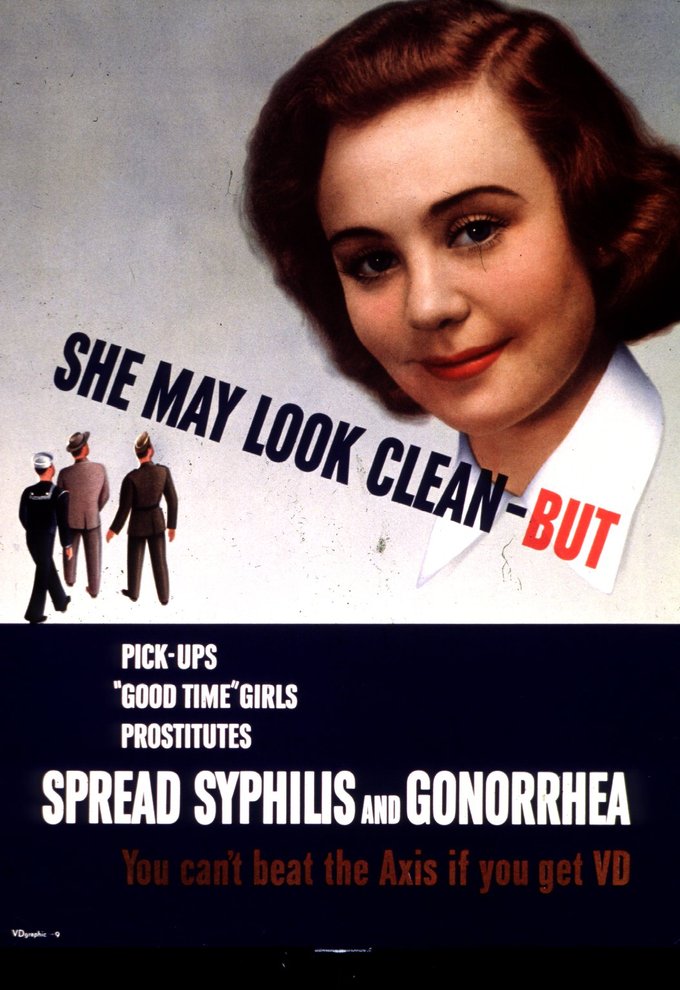29.17A: Sexually Transmitted Diseases (STDs)
- Page ID
- 8390
A sexually transmitted infection is passed between people during unprotected sexual intercourse with an infected partner.
- Describe sexually transmitted infections
Key Points
- Many STIs are transmitted through the mucous membranes of the genitals, rectum, mouth, and throat.
- Common sexually transmitted infections include: gonorrhea, syphillis, chlamydia, genital warts, genital herpes, the human papillomavirus ( HPV ), and human immunodeficiency virus (HIV).
- Healthcare professionals suggest safer sex, such as the use of condoms, as the most reliable way of decreasing the risk of contracting STIs during sexual activity, but any activity that involves the exchange of body fluids (sharing needles, blood transfusions, etc.) can lead to an STI.
- Chlamydia is an STD that is characterized by symptoms such as urethritis, vaginal discharge, abdominal pain, and fever.
- Genital warts occur in clusters in the genital area and are caused by HPV, a virus which has been implicated in certain types of cancer.
- Genital herpes is caused by the Herpes simplex virus and has symptoms such as lesions on the genitalia, pain, and itching.
- HIV, the virus that causes AIDS, is an STD that is spread via blood, semen, or vaginal fluid and ultimately causes the immune system to fail.
Key Terms
- sexually transmitted diseases (STD): Sexually transmitted infections (STI), also referred to as sexually transmitted diseases (STD) and venereal diseases (VD), are illnesses that have a significant probability of transmission between humans by means of human sexual behavior, including vaginal intercourse, oral sex, and anal sex.

Halting the spread of STDs: U.S. propaganda poster targeted at World War II soldiers and sailors appealed to their patriotism in urging them to protect themselves. The text at the bottom of the poster reads,”You can’t beat the Axis if you get VD.” Images of women were used to catch the eye on many VD posters.
Sexually transmitted infections (STI), also referred to as sexually transmitted diseases (STD) and venereal diseases (VD), are illnesses that have a significant probability of transmission between humans by means of human sexual behavior, including vaginal intercourse, oral sex, and anal sex. While in the past, these illnesses have mostly been referred to as STDs or VD, in recent years the term sexually transmitted infections (STIs) has been preferred, as it has a broader range of meaning; a person may be infected, and may potentially infect others, without having a disease. Some STIs can also be transmitted via the use of IV drug needles after its use by an infected person, as well as through childbirth or breastfeeding. STIs have been well known for hundreds of years.
Transmission
As may be noted from the name, sexually transmitted infections are transmitted from one person to another by certain sexual activities, rather than being actually caused by those sexual activities. Bacteria, fungi, protozoa or viruses are still the causative agents. It is not possible to catch any STI from a sexual activity with a person who is not carrying a disease; conversely, a person who has an STI contracted it from contact (sexual or otherwise) with someone who had it, or his/her bodily fluids. Some STIs such as HIV can be transmitted from mother to child either during pregnancy or breastfeeding.
Prevention
Healthcare professionals suggest safer sex, such as the use of condoms, as the most reliable way of decreasing the risk of contracting STIs during sexual activity, but safer sex should by no means be considered an absolute safeguard. The transfer of, and exposure to, bodily fluids, such as blood transfusions and other blood products, shared injection needles, needle-stick injuries (when medical staff are inadvertently jabbed or pricked with needles during medical procedures), shared tattoo needles, and childbirth are other avenues of transmission. These different means put certain groups, such as medical workers, haemophiliacs, and drug users particularly at risk.
Common sexually transmitted infections include: gonorrhea, syphillis, chlamydia, genital warts, genital herpes, the human papillomavirus (HPV), and human immunodeficiency virus (HIV).

